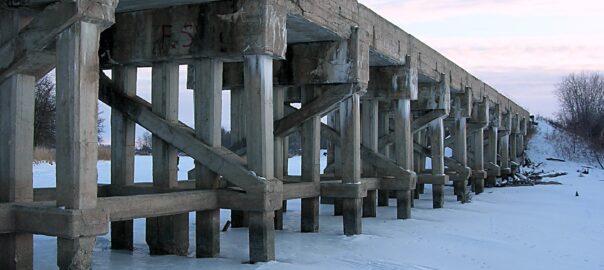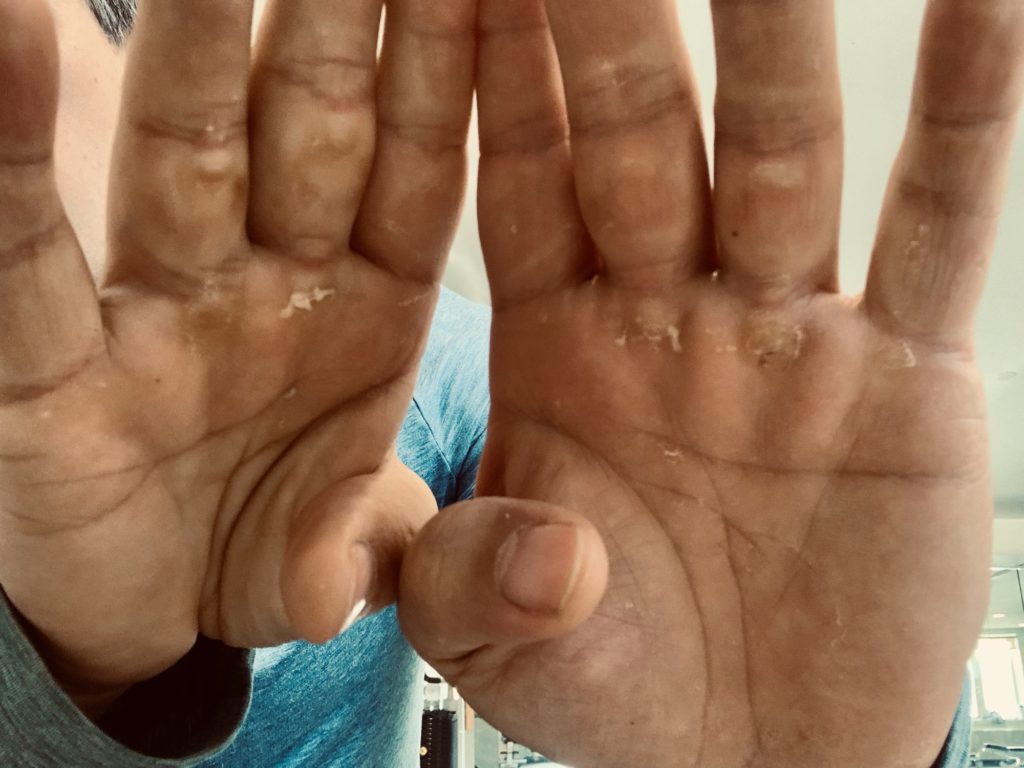Books
How Big Things Get Done – Very much enjoyed this. Useful changes in my thinking about projects are already happening.
Movies
Self-Reliance
A sad guy allows himself to be hunted for a reality show – if he lasts 30 days he gets a million bucks. He thinks he’s found a loophole. He can’t be attacked unless he’s over 6 feet from another person. So he’s doing his best to always be near someone. Turns out he needs to do some work on himself and its really fun. There’s some weak parts sure, but this at least is different and pretty good at what it does try for.
Joe Kidd
Weirdly, there’s a Clint Eastwood western I hadn’t seen. This one is different because the man has a name.
Black Holes: Edge of all We Know
I was sick and I fell asleep a lot. But it was really good for the bits I woke up in. I loved seeing the drama of scientific cooperation and discovery.
The Speed Cubers
Its adorable. This short doc follows two Speed Cubing champions and their evolving relationship as they come to the world championship.
Feliks is a smart young Australian who set tons of world records. Max Park is a younger American on the autism spectrum who idolizes Feliks and is eating up all of Feliks’s records, starting to beat him in contests. Feliks and Max are developing a healthy relationship and Max is growing his social emotional strengths – learning to deal with defeat or failure as well as triumph. The stakes are both high and low. Its a world championship! … of solving toy puzzles. It’s an epic rivalry for the top! … with two competitors that like each other and wish each other well. It has the same sort of Becky Chambers-esque focus on characters growing and going through natural change that I’m finding so fascinating in contrast to Ready Player One or a Marvel Movie.
My Max is into cubing now. He’s not got all the algorithms but shows flashes where he can intuitively solve things I would have to slog through. Since Max has some cubes, ZZ now has cubes – she has figured out how to do a 3×3 checkerboard and “solve” it. Not bad for such a tyke!
TV
Reacher S2
It’s not as good as S1. There’s more buddies! Reacher has no flaws other than extreme loyalty. Still fun to watch but just a bit lazy feeling.
Jury Duty
It’s a reality show / extended prank. One guy is on jury duty. Everyone on the show but him is an actor including the other jurors, the judge, everything. The acting is pretty good. Multiple plots move forward at once. Max and I are howling laughing at it.
But good lord, it’s on a service with ads. It’s awful to watch Amazon advertise Amazon to me on Amazon. I already paid you for Prime. What are you doing? I hate this.


